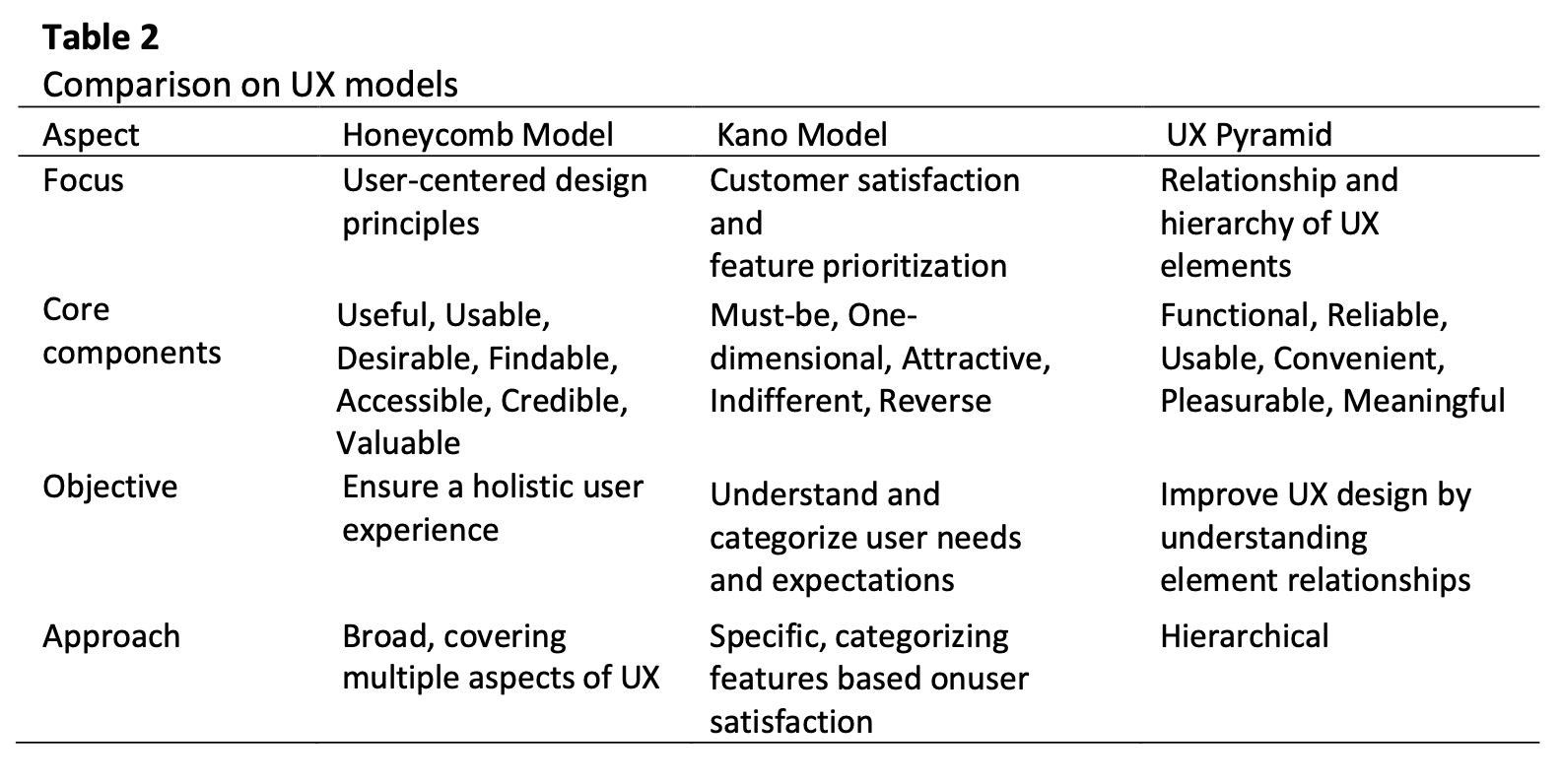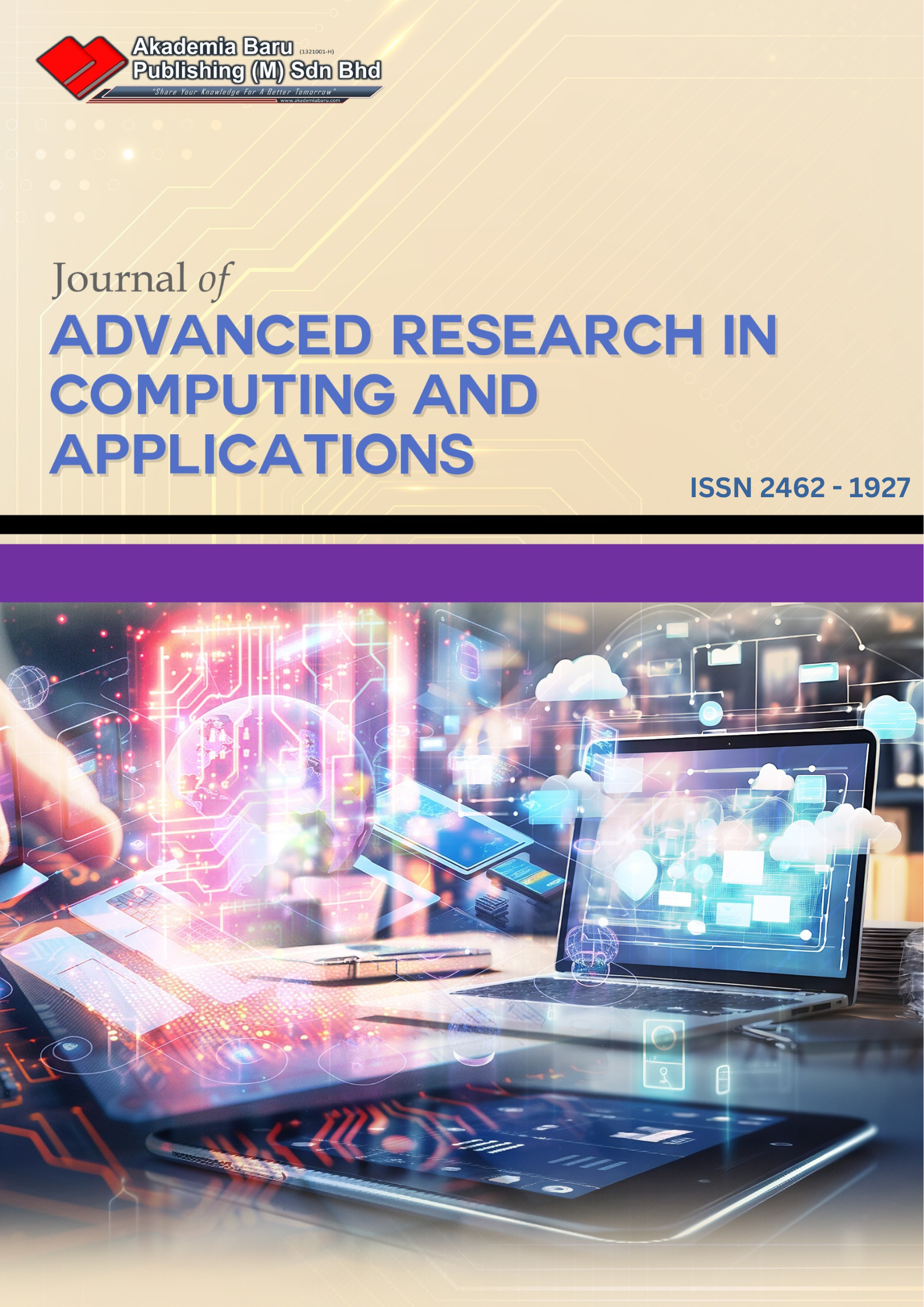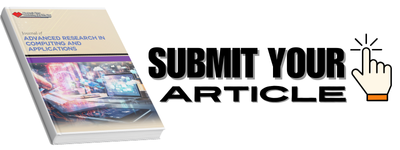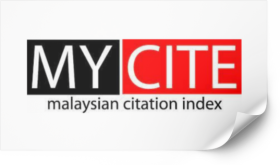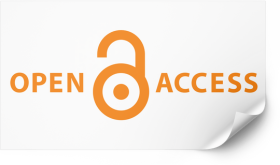UX Evaluation of Dyslexia App Based on Honeycomb Model
DOI:
https://doi.org/10.37934/arca.38.1.5162Keywords:
Dyslexia app, User Experience (UX) model, evaluationAbstract
Dyslexia is a learning disorder that affects literacy skills, creating challenges for children in traditional educational settings. This study evaluates the overall user experience (UX) of Mari Membaca app, which is designed to help dyslexic children improve their reading abilities. Using the UX Honeycomb model as a framework, the app was evaluated through usability testing tasks and teacher interviews. The findings show that the app supports letter recognition and reading comprehension while keeping children engaged with interactive features. However, there is room for improvement, such as using more dyslexia-friendly fonts, adding foundational modules, and expanding phonics content. This research highlights how user-centered design and structured feedback can enhance educational tools, making them more inclusive and effective. The study also emphasizes the potential of digital solutions like Mari Membaca to transform learning for dyslexic children and calls for their integration into educational policies to promote accessibility.
Downloads
